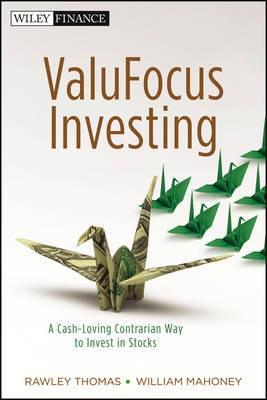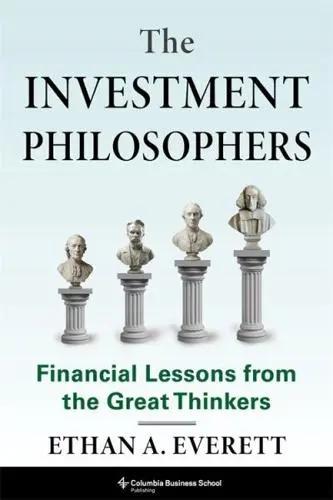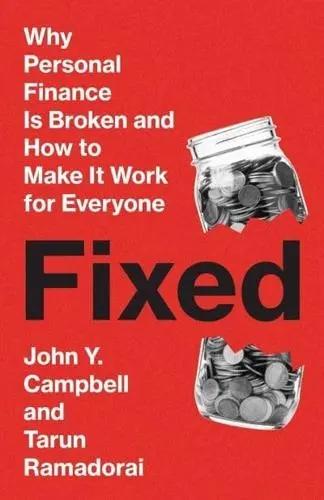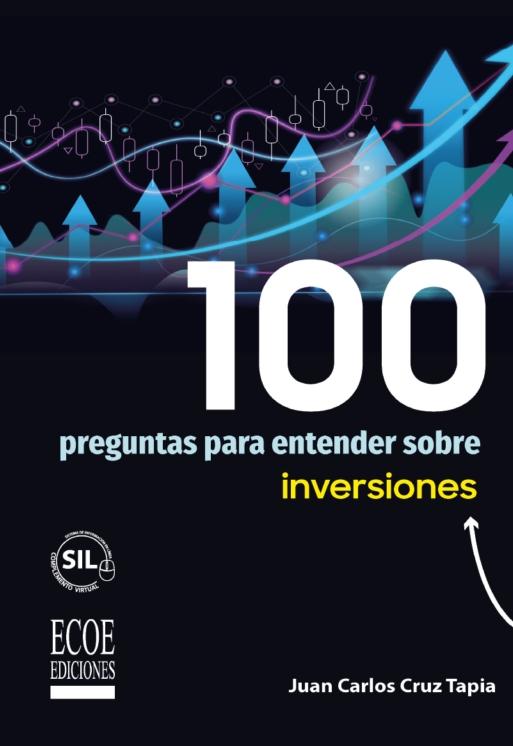A must-read book for investors who prefer to pick stocks based on cash flow facts, not on media hype and fiction How to Pick a Stock is written for the contrarian investor who wants an investing method that is based on cash flow facts, not on media hype and speculative impulse. This book combines an accessible presentation of a contrarian investment model and the ValuFocus tool that offers a highly studious, detailed explanation of understanding a company's true intrinsic value. If you can calculate a company's intrinsic value on the basis of knowing if the market is currently under, fairly, or over pricing its stock, then it is possible to invest wisely in the stock market. Investors who want to buy undervalued stocks, or sell (short) overvalued ones will find this book immensely useful. The ValuFocus investing tool calculates the intrinsic value of every company in their database automatically. Thus, an individual investor can become an "A" student of a modeling process, or can go right ahead in using this tool to pick stocks and manage their own portfolio. Additionally, this book helps to develop an enhanced framework to fundamental equity valuation. Contains the ValuFocus tool for calculating the intrinsic value of every company in the LCRT Nucleus database Offers specific and innovative valuation techniques of practicing professionals for individuals to use in picking stocks long-term Highlights the most state-of-the-art approaches to unconventional stock-picking for investors and corporate finance professionals Offering encouragement to individual investors by outlining a model that delivers satisfying returns, How to Pick a Stock is especially useful for those who are patient and believe in longer-term investing horizons.
Preface xvii Acknowledgments xxi SECTION ONE The LCRT Investment Process 1 CHAPTER 1 Introducing Our Investment Process 5 Key Takeaways 8 CHAPTER 2 A Better Way to Invest in Stocks 9 Put the Focus in the Right Place: On a Company's Fundamental Value 9 We Bring You an Improved Methodology 10 Basing Decisions on Under- and Overvaluation by the Market 12 The Key: Recognizing the Inflection Points 13 Looking at Our Model 14 Key Takeaways 16 CHAPTER 3 Advantages of Economic, Cash-Based Modeling 17 Key Takeaway 21 CHAPTER 4 Analyzing Mental Models 23 Key Takeaways 26 CHAPTER 5 The Value Creation Process 27 Cost of Capital and Company Return on Capital 27 The Importance of Adjusting for Inflation 28 Where We Are Going 29 Key Takeaways 31 CHAPTER 6 The Corporate Perspective 33 The Focus for Both Constituencies: Value Creation 33 Earnings Are the Wrong Measure 36 Executive Compensation 38 Creating an Information Advantage 41 Key Takeaways 44 SECTION TWO A Brief History of Investing and Modeling 45 CHAPTER 7 Relevant Market History of Investing 47 Start with Concepts of Risk and Uncertainty 48 Migrate toward Value and Market Inefficiency 49 Enter Modern Portfolio Theory 50 An Emphasis on Earnings, Plus 51 Leading to Multifactor Modeling 51 Finding the Right Factors 52 Dissecting a Multifactor Model 53 Key Takeaways 54 CHAPTER 8 Interpreting Market History 55 Market Is Dealing with Price Change, Not Price Level 56 Bringing History Up to Now 59 Back to Earnings: Why They Still Prevail 60 Key Takeaways 62 SECTION THREE Brief Discussions of Various Investing Methods 63 How Best to Combine Investing Methods with LCRT's Models 63 CHAPTER 9 Do Stocks Have Intrinsic Value? 65 Basing Investment Decision on Intrinsic Value 66 Value Assets on Economic Basis 68 Estimating Intrinsic Value through a DCF Model 69 Key Takeaways 70 CHAPTER 10 The Pros and Cons of Various Methods and Models 71 Why Price Level Matters 71 Why Use Analysts' Traditional Cash Flow Forecasts. Why Not. 72 Why Use Dividends to Value Stocks. Why Not. 72 Why Use the Simplest Model, EBITDA. Why Not. 73 Why Use Earnings. Why Not. 74 Why Use Price Level from Regression Analysis. Why Not. 75 Why Use Net Free Cash Flow. Why Not. 76 Why Use Residual Income or EVA.(r) Why Not. 77 Why Use Cash Flow ROI, CFROI,(r) Economic Cash Margin, or Cash Economic Return. Why Not. 78 CHAPTER 11 Suppose You Love Your Current DCF Model 81 Dividend Discount Models 82 EVA(r) or Residual Income Models 83 CFROI(r) or Cash Economic Return Models 84 Regression Models of Price Level 84 Multifactor Models 85 SECTION FOUR Explaining LCRT's Conceptual Framework in Detail 87 CHAPTER 12 Our Approach 91 Differences between Intrinsic Value and Market Value Approaches 93 Explaining Value 94 Attacking the Old Ways 97 Modeling on Economic Fundamentals, Not Accounting Mumbo-Jumbo 98 The Intricacies of the Price Formation Process 100 The Foundation Is Intrinsic Value 101 We're Fighting Standard Practices, but We Can Win 102 Key Takeaways 103 CHAPTER 13 Focusing on Price Formation 105 Be Proactive, Not Reactive 106 Building a Price Formation Process 107 Oh-Oh: We're Preaching Again 109 Key Takeaways 110 CHAPTER 14 Our Automated DCF Model--The Better Model 111 Four Primary Measurement Principles to Evaluate a Model 113 Key Takeaways 114 CHAPTER 15 Getting to Know Our LCRT Model 115 Adjustments to Improve DCF Modeling 116 Economic Output and Life of Each Asset 116 Capitalize Cash Flows 117 Understanding Abnormal Accruals 118 Cash Flows Fade: Down and Up 119 Looking at the Discount Rate 120 Summarizing the Model of Choice 121 The Next Generation Will Be Even Better 122 Key Takeaways 123 CHAPTER 16 Digging Deeper into the LCRT Model 125 Exponential Fading of both Cash Economic Return and Growth Rate 125 Certainty-Equivalent Value and the Use of the Area under a Curve 129 Dealing with Debt Leverage 130 Looking at











